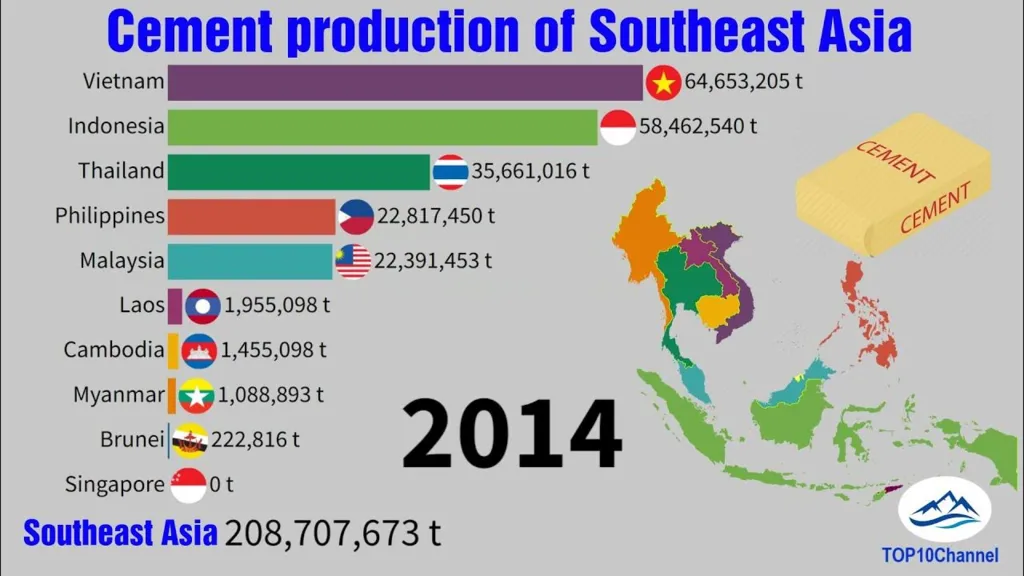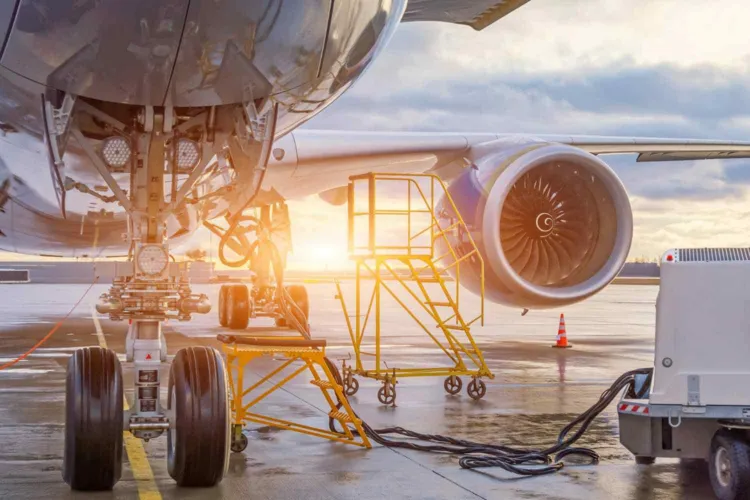The Southeast Asia Sustainable Cement industry is witnessing remarkable momentum as regional governments and companies focus on green innovation. Across Asia Pacific, the cement market is projected to grow at a 5.2% compound annual growth rate (CAGR), reaching US$178.4 billion by 2025. This rapid growth is fueled by rising demand for low-carbon construction materials, stricter environmental regulations, and sustainability-focused urban development initiatives.

Singapore's Cement Surge and Strong Rebound
In Singapore, the cement market is booming alongside the city-state’s construction rebound. From 2020 to 2024, the market grew at an impressive CAGR of 6%. By 2025, Singapore’s cement market is expected to reach US$394 million, supported by a steady 5.5% CAGR. This expansion reflects strong activity in public housing, large-scale infrastructure projects, and commercial building renovations.
Despite challenges such as limited land and reliance on imports, Singapore has strategically leveraged policy support to strengthen its construction sector. Initiatives like the Smart Nation program and incentives for sustainable construction materials encourage wider adoption of green building practices. These efforts help drive the Southeast Asia Sustainable Cement movement forward and position Singapore as a regional leader in green construction.
Future Growth and Urban Development
Looking ahead, Singapore’s cement market is projected to maintain a 5.1% CAGR from 2025 to 2029. The market value is expected to grow from around US$373.5 million in 2024 to approximately US$481 million by 2029. This sustained momentum is underpinned by ambitious urban development plans, including new residential and commercial buildings, transport infrastructure, and public amenities.
Read Also: The Benefits of Modular Construction in Southeast Asia
A major contributor to this growth is Singapore’s focus on creating smart and livable urban spaces. Continued investments in digital building technologies and innovations in low-carbon cement production align with national sustainability goals and support the greener push for cement usage. This emphasis not only improves environmental performance but also enhances long-term economic resilience.
Southeast Asia Sustainable Cement: Sustainability as a Driving Force
Sustainability is no longer just a buzzword; it’s a necessity shaping the future of Singapore’s cement industry. Green construction practices are becoming standard as companies respond to government policies and global climate commitments. The adoption of eco-friendly cement products is accelerating, driven by both regulatory frameworks and corporate social responsibility goals.
Government support for waste recycling, reduced emissions, and energy-efficient production processes further strengthens the case for Southeast Asia Sustainable Cement. By promoting these practices, Singapore is not only reducing its carbon footprint but also setting an example for other countries in the region.
Read Also: A Look at Sustainable Construction Practices in Southeast Asia
Building a Greener Future with Southeast Asia Sustainable Cement
The growth of Singapore’s cement market demonstrates the powerful intersection of urban development and sustainability. Supported by progressive policies, innovative technologies, and strong demand, the sector is on track for continued expansion. As Singapore aims to lead in green urban development, the Southeast Asia Sustainable Cement movement will play a critical role in shaping a more sustainable, resilient, and forward-looking built environment. Through strategic investment in low-carbon materials and smart construction solutions, Singapore is paving the way for a future where economic growth and environmental responsibility go hand in hand.







